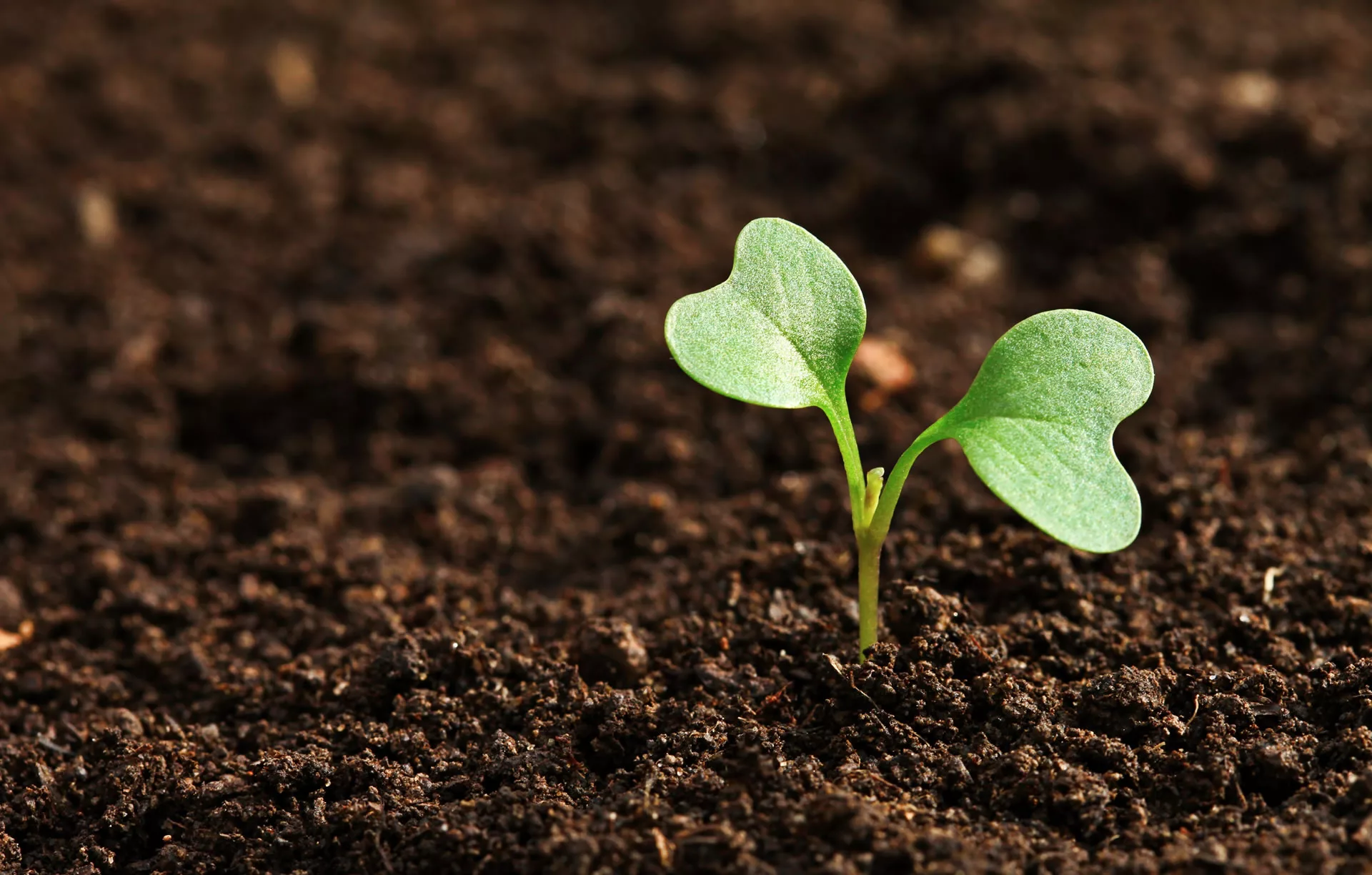Beautiful, healthy lawns, plants, and trees start with healthy soil.
Soil amendments help nature by adding materials to the soil to improve its condition, pH, and nutrients. One of the best times to undertake amendment is in the springtime after the danger of frost is gone.
Another springtime action that pays off all year long is tree watering. Trees need to be thoroughly watered on a weekly basis starting in April to counteract the adverse effects of wintertime ice melt and sanding.
A little effort in the spring can save a lot more effort and expense later on.
Soil Amendments
Also called soil conditioning, soil amendment optimizes the soil’s ability to provide quality nutrients to plants.
An amendment keeps good soil in peak condition, improves the condition of poor soil, and rebuilds soil that has been damaged or depleted.
Amending soil is not the same as adding fertilizer. Amendment works to improve the soil’s structure and condition and its ability to nourish plants. Fertilizer, on the other hand, contributes only nutrients. Adding an inch of compost to soil provides more of what plants need than adding fertilizer.
Proper amendment has four components:
Soil Structure
Most soils compact over time, which decreases the ability of roots to grow freely and plants to absorb nutrients and water. Soil amendment can add texture that loosens the soil.
Soil Composition
Soil includes a mixture of organic matter, minerals (sand, clay, silt), gases (air), liquids (water), and organisms. Typical targets for healthy soil include 5% organic matter and organisms, 45% minerals, and 50% air and water. Amendment can help your soil achieve the composition best suited for its intended purpose.
Soil Texture
Soil texture results from the ratios, shapes, and sizes of mineral particles it contains. Texture determines how the soil handles water, including its ability to retain moisture, hold nutrients, and drain properly.
For example, soil with a high clay content stays wet longer, drains more slowly, holds nutrients well, and compacts easily. At the opposite end of the spectrum, soil with a high ratio of sand tends to be quick-drying, fast-draining, nutrient-deficient, and slow to compact.
The ideal soil texture for overall plant growth is called loam. Loam is roughly 20% clay, 40% sand, and 40% silt. However, the perfect soil texture for a lawn can be somewhat different. Soil amendment can help achieve the soil texture best suited for what your property needs.
Soil Nutrients
Peat, compost, and clay are commonly included in an amendment to optimize the soil’s ability to support healthy plant growth. Peat moss absorbs water, adds mass to sandy soil, and lightens clay soil. Compost typically reduces soil pH. Clay helps with water retention. Other common nutrient additives include nitrogen, sulphur, calcium, magnesium, phosphorus, carbon, and some types of bacterial microbes.
All soil types benefit from organic matter amendments, but it’s essential to use the right amount at the right time. For example, amending with small amounts of compost each year over several years is better for your soil than dumping a lot at one time.
It’s also essential to get your amendment material from quality sources. Manure-based compost that has a foul odour has not been properly composted. Compost that has not been heated enough may still contain weed seed. Using poor-quality compost can do more harm than good.
Other helpful things to do in the spring:
Mulching
Following soil amendment, add a final layer of mulch. If there’s only one improvement you undertake for your plant, shrub, flower, and tree spaces, make it a layer of mulch.
We call it “mighty mulch” because, despite its low cost, mulch provides so many benefits:
- Made from recycled plant material, mulch promotes healthy soil and plant growth as it naturally decomposes by adding organic matter to the soil.
- Mulch helps prevents soil erosion and decreases evaporation.
- Mulch retains moisture that is later released into the soil, nourishing plant life.
- Mulched spaces reduce foot traffic, which helps avoid soil compaction.
- Mulch naturally suppresses weed growth.
- Mulch serves as a protective barrier for plants, shrubs, and trees against the elements.
- Mulched spaces increase curb appeal.
Early Tree Watering
Trees and shrubs, particularly those in or near commercial parking lots, need to be watered thoroughly and regularly from the beginning of the growing season. In the Calgary area, that means starting in April.
The sand used on winter streets and parking lots creates airborne dust that results in needles and leaves becoming coated in a film. This hinders a plant’s ability to benefit from sunlight. Salt and chemicals also find their way into planting spaces, contaminating the soil. Watering eliminates these harmful effects by cleaning the plants and diluting the salt and chemicals.
Where and How Often to Water
Watering should extend out to the edge of the root bed, which for most trees is two to three times the width of the canopy. Water outward from just below the “drip line” (the outer edge of the tree’s leaves) to where the roots typically end.
Water trees once a week from the last freeze until your irrigation schedule begins. The average garden hose delivers about eight gallons of water per minute. Since mature trees need about 40 gallons of water, that’s about five minutes of watering per tree. New trees need 24 gallons (about three minutes), and shrubs need about 16 gallons (about two minutes).
April watering is a simple activity that can yield a big payoff. Healthy plants are more disease-resistant, pest-resistant, grow stronger and last longer.
Talk to Us
LECM provides complete soil testing and amendment services using compost, topsoil, and mulch created in our own organic recycling facility. We have the experience to advise you on what types of amendments are best for your soil condition and intended purposes.
Contact our tree care team today about keeping your soil in good condition and your trees strong and healthy.









